-
Welcome to 4Runners.com!
You are currently viewing as a guest! To get full-access, you need to register for a FREE account.
As a registered member, you’ll be able to:- Participate in all 4Runner discussion topics
- Transfer over your build thread from a different forum to this one
- Communicate privately with other 4Runner owners from around the world
- Post your own photos in our Members Gallery
- Access all special features of the site
High pitch howel from engine. Not belts. Need advice.
Discussion in '3rd Gen 4Runners (1996-2002)' started by Kotletachka, Jun 10, 2020.

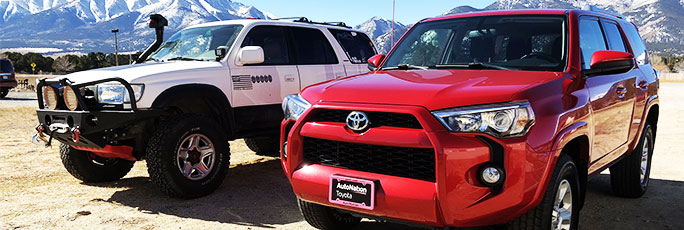
 Coolant in my exhaust
Coolant in my exhaust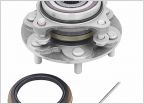 Wah wah noise?
Wah wah noise?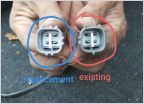 O2 sensor plug mystery
O2 sensor plug mystery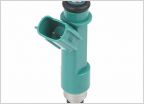 Thinking about junking my 4 Runner now that it has a misfire cyl 1 :(
Thinking about junking my 4 Runner now that it has a misfire cyl 1 :(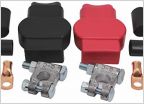 Battery Terminal Upgrade
Battery Terminal Upgrade









































































